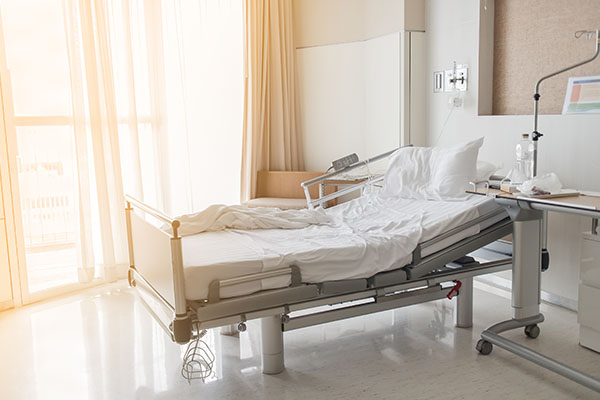
The data on the prevalence of HAIs is not subject to legitimate dispute. Studies show that approximately 100,000 deaths occur annually from HAIs. To visualize this, just picture Camp Randall filled to capacity at a Badgers football game (80,321) and you would still be approximately 20,000 short of the number of people who likely die from HAIs each year.
As of 2011, there were an estimated 722,000 HAIs in U.S. acute care hospitals. Available evidence suggests that this is down from 1.7 million in 2002. However, a recent study by Stanford experts indicates that HAI deaths are often misreported or under reported due to the potential for the assessment of Medicare penalties. According to the Agency for Healthcare Research and Quality, the added financial burden attributable to HAIs is still estimated to be between $28 and $33 billion each year. These are extremely high numbers, and they document a very serious problem in our healthcare institutions.
Attorneys proudly advance the cause of patient safety. It is often forgotten that courageous attorneys have played a key role establishing requirements for the placement of safety devices on cars, farm equipment and other consumer products in the last 60 years. We can lead the way in helping eliminate the scourge of HAIs by helping bring about a common standard of what constitutes a clean, safe hospital room.
Recently, I received a very short but intensive education on “no touch” technologies and other techniques often used to clean hospital rooms. Healthcare experts admit that HAIs have been a known problem for at least 40 years. Yet, even after 40 years of substantial research and investment, the healthcare industry has not established a common and meaningful standard of cleanliness that patients can rely on. Rather, healthcare facilities follow “guidelines” for cleaning rooms and these “guidelines” have been known to be deficient for decades. A leading expert’s peer-reviewed conclusion was simply: “Unfortunately, environmental cleaning in healthcare facilities is often suboptimal.”
The most prevalent cleaning technique tasks non-medical staff with wiping “high touch surfaces” using bleach-based germicidal wipes. This technique, however, has been proven to leave more than 50% of the bugs (bacteria as well as numerous viruses and spores) in place. Worse yet, studies have shown that some pathogens remain viable on hospital room surfaces for days, sometimes even months. Consequently, some healthcare institutions now combine standard cleaning practices with “no touch” technologies.
Still, patients deserve better. One of the most widely accepted no touch technologies, UV (ultraviolet) light, even when used in conjunction with bleach wipes, has been shown to leave up to 35% of rooms with residual spores for the now all too common HAI of Clostridium Difficile or C-diff. Despite the fact that decisions about cleaning are often made by non-medical staff, hospitals may try to characterize disputes about HAIs as medical malpractice cases rather than what they truly are, housekeeping cases. This will make it harder for patients and their families to find the representation they need to investigate the problem and encourage solutions.
We should work together to bring about a universal meaningful standard of cleanliness. Hospitals have the ability to properly clean their rooms to make sure that the next patients put in them will not contract C-diff, MRSA, VRSA, VRE or other similar superbugs; but many still refuse to do so. Until all do, all we can do is ask if the room we or a loved one is being placed in was properly cleaned. Of course, whether the room we are assigned at the hospital was properly cleaned is a question that never really dawns on us at the time we are being admitted because, quite frankly, we assume it was and there are usually other very important things on our mind, like our illness or injury. Also, we are always distracted by the request for our insurance or Medicare card or how we are going to pay for this and not the possibility of a prolonged hospitalization to treat an HAI.
